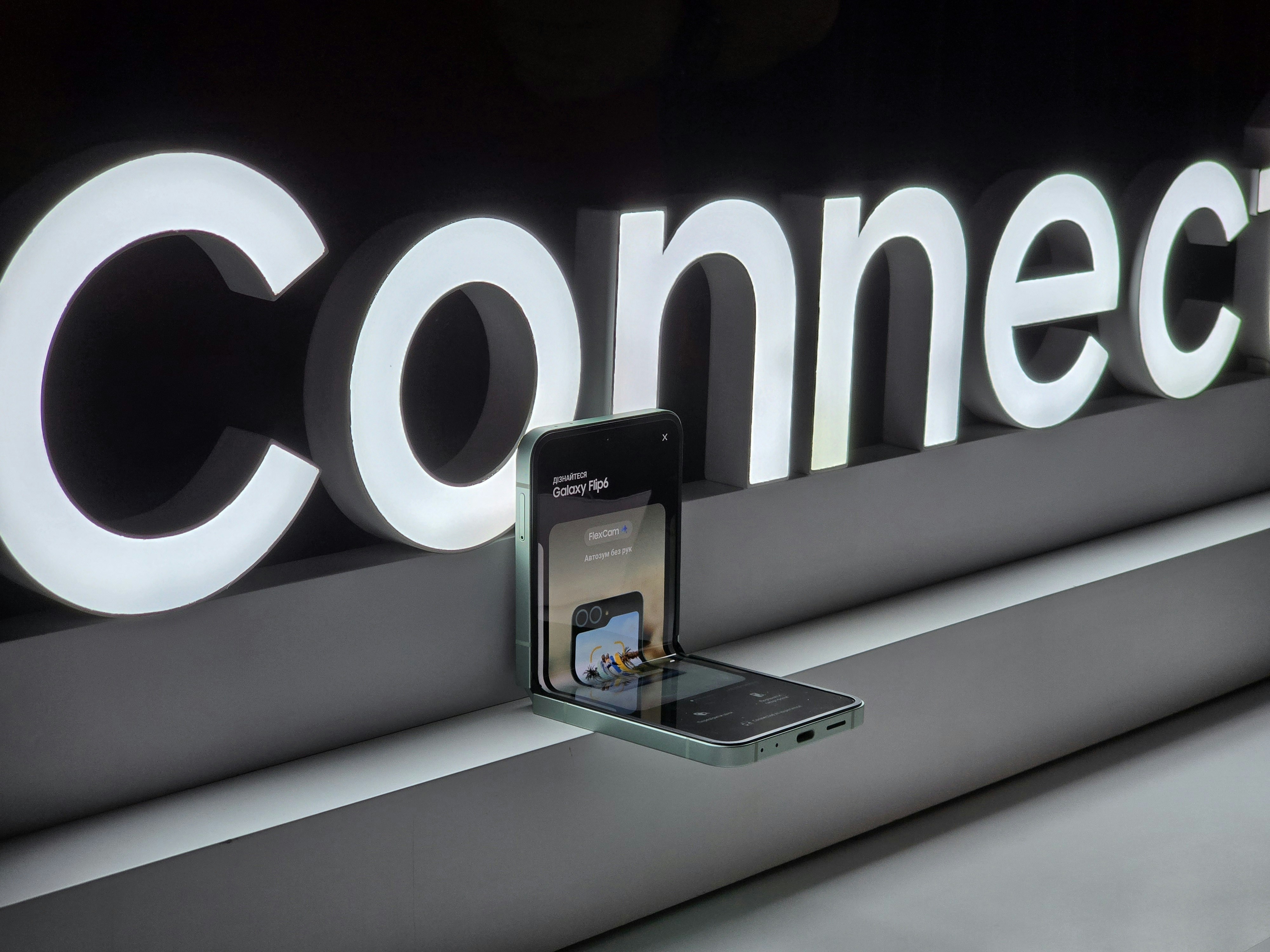In the Brave New World of Foldable Tech
The scenes from science-fiction films where characters open up a handheld device to reveal a large display are now becoming our reality. Inspiring the next tech revolution, foldable devices are carving out their own niche in the tech industry. This is a breakdown of this game-changing technology.

Tracing the Time-Lines
Foldable technology is not entirely new. Innovators and dreamers were envisioning their arrival as early as the 1970s. However, the path to practical foldable screens was marked by impediments—mostly technological and pricing-related. Nonetheless, the turn of the century and the subsequent advances in tech allowed inspiration to take shape. True to form, the tech giants started unveiling their prototypes in the late 2010s, thereby breathing life into a market brimming with potential.
Crossing the Rubicon
Technically a prototype brought forward by Royal Corporation, the Flexpai, rolled out in 2018 and was instrumental in setting the ball rolling. But it was Samsung’s unveiling of the Galaxy Fold in 2019 which made worldwide headlines and drew serious attention to foldable tech. Despite a rocky start due to screen-related issues, Samsung persisted and came out with updated models that significantly improved the user experience.
The Here and Now
The present time shapes up beautifully for foldable technology. Samsung recently unveiled the Galaxy Z Fold3 and the Galaxy Z Flip3, pushing their endeavour further. In the same breath, Microsoft announced its first phone since 2014, the Surface Duo 2 – a foldable dual-screen Android handset. Clearly, tech companies are increasingly placing their bets on the prospects of foldable devices.
As for the consumers, the charm of enjoying the best of both worlds—the convenience of a handheld device and the practicality of a larger screen—is driving adoption. But foldable tech has still not become mainstream, and price remains a significant barrier. While the second-generation Galaxy Z Fold retailed at almost $2000, the latest release from Samsung starts at around $1000, highlighting some progress but still remaining out of reach for many.
The Road to Tomorrow
Market analysts predict steady growth in the segment of foldable tech, suggesting an increase in user adoption. However, the evolution, and perhaps revolution, of foldable tech will largely depend on how tech companies address the seeming fragility of these devices and render them more wallet-friendly.
Clearly, we are in the first act of the foldable tech drama. In these early stages, the tech is expensive and the market relatively niched. However, the tech dreamers and those with deep pockets are already examining the potential and prepping their tech portfolios to welcome the shiny new members. The future promises a journey where handheld devices can become full-sized tablets in a fold, and that, quite simply, is a technology tale waiting to unfold.
Tech Takeaway
While we remain at a nascent stage in the lifecycle of foldable tech, the intrigue around it is real. The beauty of unfolding a device into a larger screen is enticing and is pushing the boundaries of the “new normal” in tech design. The road ahead appears dotted with innovations that force us to reimagine our tech tools. Undeniably, the foldable tech industry is morphing rapidly, and now’s the crucial time to embrace it. Out of the mist and murk of the unclear future, one thing emerges with crystal clarity: foldable tech is here to stay. And for all tech enthusiasts, witnessing the panning out of this technology is nothing short of a cinematic experience - one where a new niche script is being curated before our very eyes.




